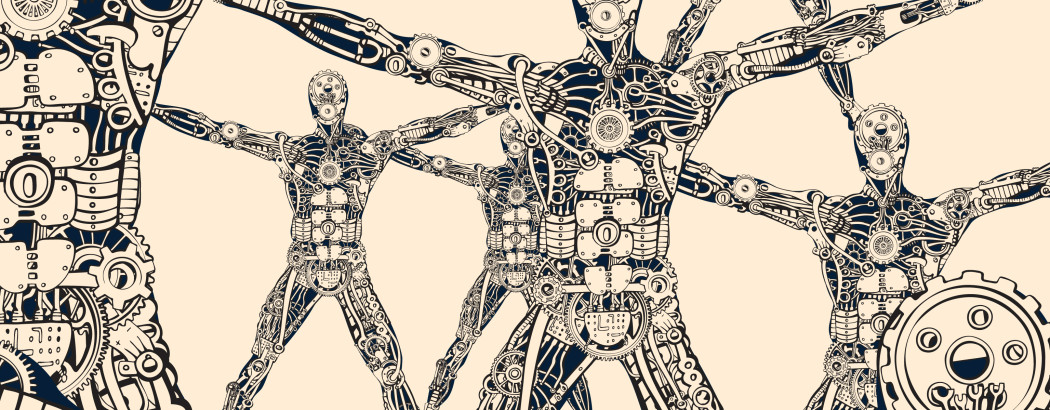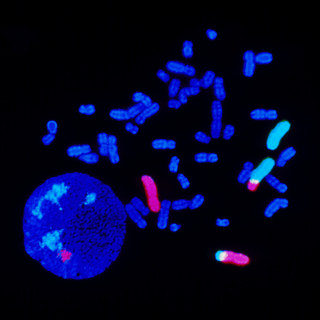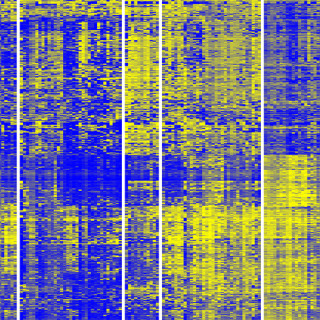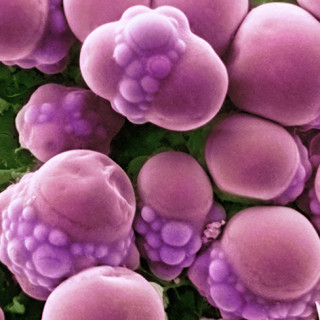Every person is born with a unique set of genes – a unique DNA code – inherited from their parents. However, epigenetic changes – changes on the outside of our DNA – affect how the original genetic code is read and therefore what message is sent out to the cell.
Epigenetic changes can occur throughout our lives as a result of our lifestyle and experiences, and they can make us more susceptible to diseases such as diabetes or cancer. However, unlike genetic mutations, it has been shown that certain epigenetic changes can be reversed using medication or lifestyle changes. There are high hopes in medical research that this new knowledge could be used in both diagnosis and drug development.
READ MORE IN OUR INTERESTING ARTICLES!






